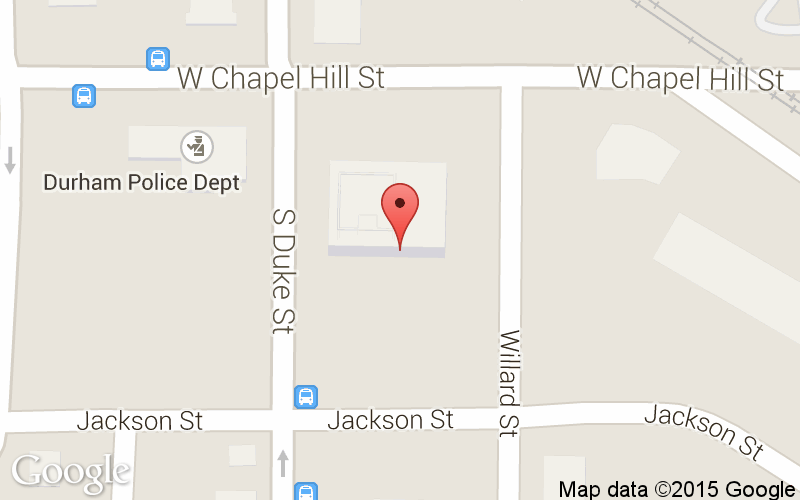Critical Components
CRITICAL COMPONENTS OF THE FAMILY CONNECTS HOME VISITING PROGRAM
The Family Connects approach has a number of program components, some of which are critical for communities that wish to replicate the model. The key components are listed and described below as those essential for implementation to be distinguished from those activities that may be selected as auxiliary to the program. These “critical components” are necessary for replicating the model as an evidence-based program derived from the evaluation studies of the Family Connects model in Durham, North Carolina. Other program components may be included in dissemination locations as important options, auxiliary resources, or those that address specific local needs. All of the components listed below, critical and auxiliary, are active in the current Durham Connects program in Durham, North Carolina.
Critical components for the Family Connects model are:
The Connects program is community-based with a sense of ownership and commitment to the program from community members and other stakeholders, and it is seen as part of the continuum of care for newborns and their parents in the community.
- The program is designed for universal community coverage; all families with newborns in a catchment area are eligible, whether region, state, city, or neighborhood.
Registered nurses are the Family Connects home visitors, providing health and psychosocial assessments of newborn, mother, and family.
The Integrated Home Visit includes a systematic assessment (Family Support Matrix) of family strengths, risks, and needs.
Supportive guidance is spelled out in the protocol and provided by home visitors at all visits (e.g., back to sleep, the benefits of tummy time).
Nurse visitors are trained to provide systematic education in response to parent queries and nurse observation in areas of possible difficulties in adapting to the newborn (e.g., breastfeeding, support for “baby blues,” and others).
The family and nurse plan together for individualized “connection” with community resources and services. (Rather than simply providing referrals, the nurse actively connects and links the family with the services.)
As indicated clinically, the initial home visit can have one or more follow up visits/telephone calls to complete the assessments and to ensure linkage to local services and resources. The goal of follow up is to support the community resource linkage but not to become “case management.” Follow up visits also allow for additional assessment of family risk, and more direct intervention, such as weighing the infant having feeding difficulties, continuing to assess postpartum depression, and so forth.
A direct link between Family Connects and the local Department of Social Services is essential to facilitate the family’s ease of access to and knowledge about eligible benefits, such as Medicaid eligibility, SNAP benefits (food stamps), and others.
Systematic quality assurance is critical and includes: protocol adherence, accurate assessment of family risks and needs, inter-rater reliability in rating the Family Support Matrix, and consumer satisfaction.
The clinical team has regularly scheduled individual supervision and/or team meetings for supervision and peer collaboration.
Documentation for the medical record of the home visit(s) and contacts with families and community referrals is essential.
Optional or auxiliary components recommended and may include:
- Scheduling the initial home visit at the birth hospital is the first choice method in order to accomplish universal service delivery. Other options may have to be explored based on differences in hospitals and communities.
- Available community resources should be documented online or in an electronic database and updated regularly. In a community with few formal resources, identifying informal resources by examining local standards of care through interviews of clients and stakeholders may be helpful. Referrals to these resources should be documented with outcomes reported back to agencies to strengthen community systems.
- A Community Advisory Board (CAB) that includes consumers and community resources/stakeholders is strongly advised.
- Electronic documentation of 1) program penetration of the targeted community and 2) child and family outcomes, when feasible, will assist with marketing the program, creating a locally sustainable model, and fundraising.
- Family Connects programs seek to identify gaps in needed community services for families, to document them, and to work to address these gaps.
